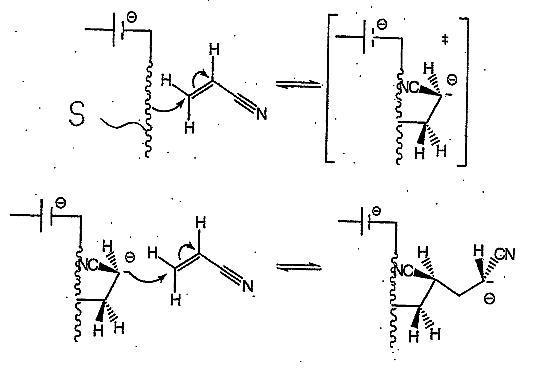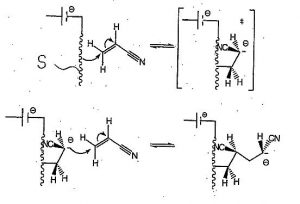Procédé de garniture d'une surface par un film organique
L'invention porte sur un procédé de garniture d'une surface simple ou complexe, conductrice ou semi-conductrice de l'électricité, par un film organique à partir d'un précurseur du film organique. Le film organique de revêtement de surface est réalisée par électro-greffage d'au moins un précurseur par application d'un balayage de potentiels. Ce balayage est effectué de manière à ce qu'en tout point de la surface le potentiel maximal est, en valeur absolue et par rapport à une électrode de référence, supérieur ou égal à la valeur de potentiel (Vbloc) à partir de laquelle on observe une saturation de la quantité de précurseur électro-greffé sur une surface de référence (superposition des courbes exprimant la quantité de précurseur électro-greffé en fonction du nombre de balayages de potentiel, indépendamment de la valeur du potentiel Vbloc).
Method of coating a surface with an organic film
(WIPO link)
The invention relates to a method of coating a simple or complex, conducting or semiconducting surface with an organic film using at least one precursor of said organic film. The invention is characterised in that the surface is coated with the organic film through the initiated electro-grafting of said at least one precursor onto the surface by performing at least one potential scanning on the surface such that, at every point of the surface, the maximum potential of each scanning of potentials, in absolute value and in relation to a reference electrode, is greater than or equal to the potential value (Vbloc) from which the curves of a graphic representation, expressing the quantity of electro-grafted precursor on a surface identical to said surface according to the number of potential scannings, all overlap and are independent of potential Vbloc.
Contact: S. Palacin et G. Deniau



